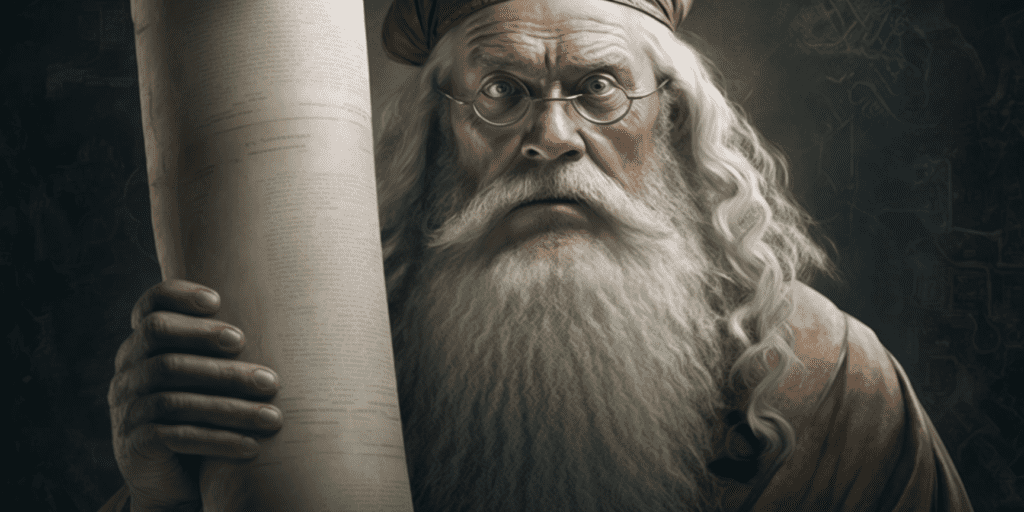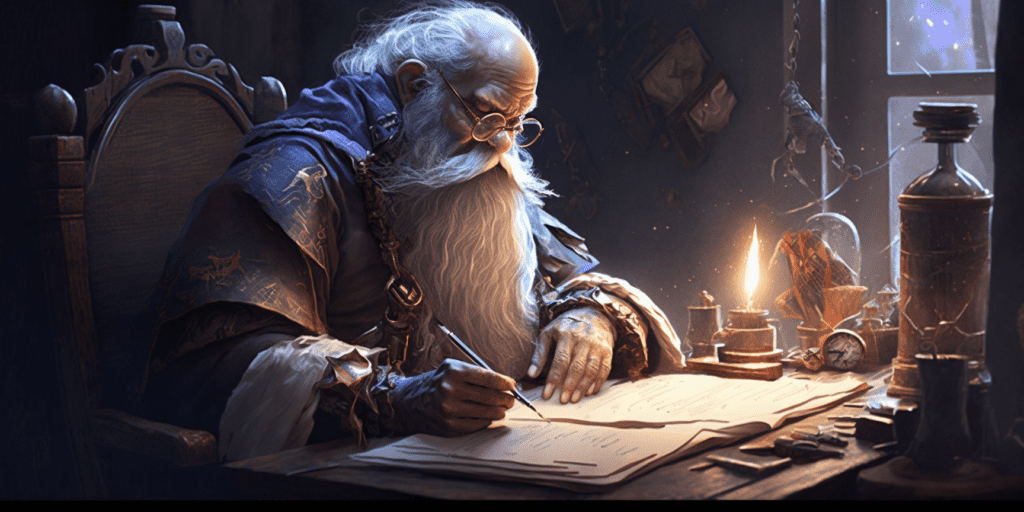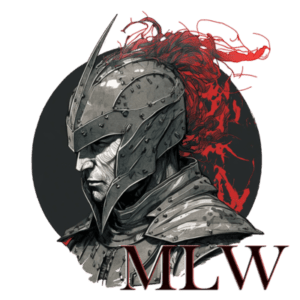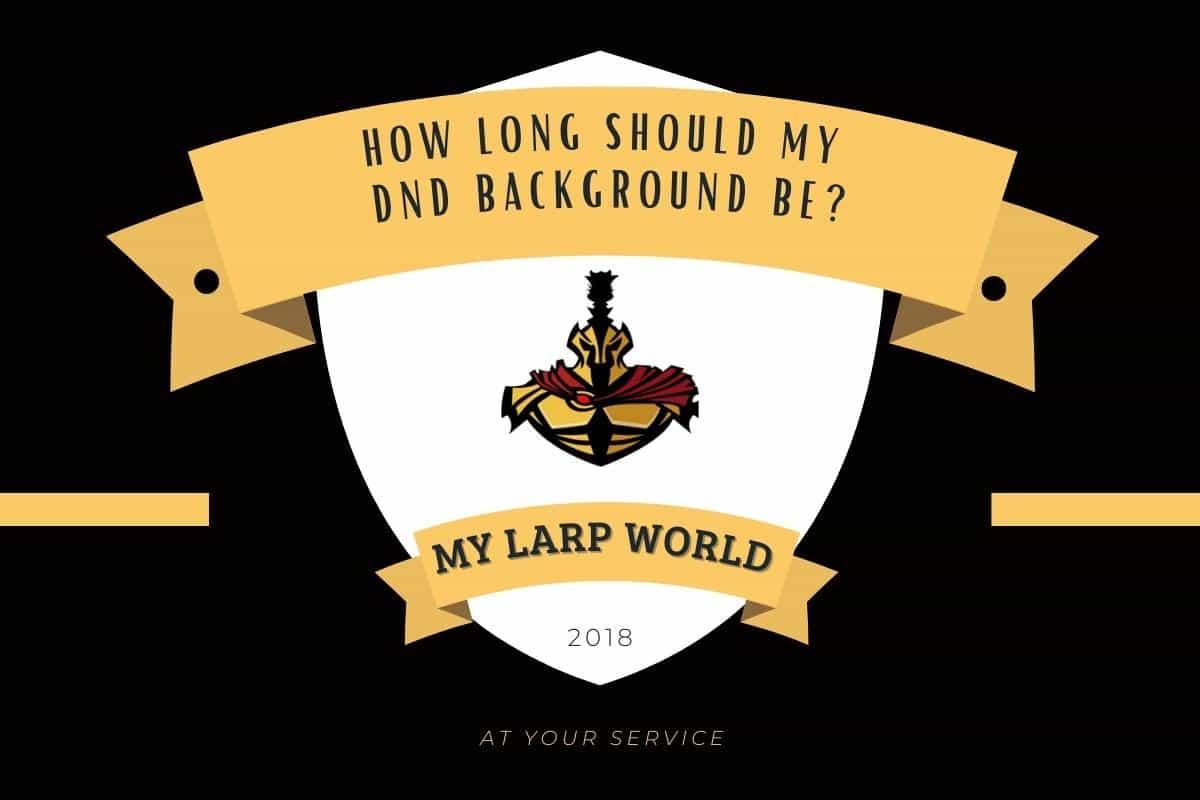Backgrounds in DnD are very important aspects to consider when you first start creating your first character. The race of your character defines who they are, their class defines what they’re capable of, and their background defines how they lived.
A good backstory tells you meaningful information about your character and at the same time brings authenticity and immersion. So, how long should a DnD character’s background be?
Your character background should be a few paragraphs long if you have all of the essential information there. In general, however, it’s the quality that matters and not the quantity. Your backstory can be both long and short, as long as it’s filled with quality information, and not missing important information or is filled with irrelevant fluff.
Remember, there aren’t any strict rules to prevent you from writing a shorter or longer backstory for your character. Here, we’ll explore the length, quality, and contents of a DnD background, so keep reading!
How Long Should My DnD Background Be?

When writing a character background for DnD, the most important thing to realize is that quality rules, not quantity. A text limit for a character background would be arbitrary at best, and a way to stifle creativity at worst.
An important thing to remember is that your character probably is a full-grown adult, which means that they have lived a life in the past. That should, in some way or another, influence the way that they are when you play.
This isn’t to say that you should write about those 20-odd years in detail, however. The point of a backstory is not to write fanfiction. Instead, it’s a way to prepare your group for developing interesting storylines when you actually play the game.
How backstories look depends a lot on your DM: some DMs like players to hand in fairly chunky backgrounds, and some like the backgrounds to be developed during the first levels or so. There aren’t any strict rules on how background should be done.
Most DMs don’t like really long backgrounds, however. Remember, the DM has to read the party’s character background stories. Don’t make life hell for him by writing 10 pages each.
The DM will not read that. Most DMs want concise, meaningful backgrounds that can be helpful when you later create new storylines. Backgrounds are, in essence, plot hooks for the adventure ahead.
So, what should you do? In short, you should ask your DM. This way, you won’t waste time writing a long backstory that won’t matter, or on the other hand, come unprepared.
How Do You Write a Good Character Background in DnD?

Character backgrounds are in DnD to make your character more interesting, while at the same time priming your group for future storylines. So, what are some good ways of writing a good character background in DnD? Let’s go through it below.
Motivation
Character motivation is arguably one of the most important things when it comes to background. You need to ask yourself why your character is undertaking the upcoming adventure with your party, and then answer that question.
Furthermore, this will give your character goals within your campaign which you can then use to develop neat little storylines.
Don’t Make a Complete Background
I mentioned earlier that you shouldn’t make your character’s background unnecessarily long. This is important for character development, as well. That’s why you should leave the background incomplete.
This way, your DM can work your background into the campaign. If your character’s background is a complete biography, there wouldn’t be much to work on at all.
Justify Characteristics
You should also try to justify things such as class, appearance, and other similar things, in your backstory. This will help your character seem more well-rounded and authentic.
Add Weaknesses
Make sure to add some weaknesses to your character’s background. Weaknesses are something that all living things have, so your character should have some of them, too.
Good weaknesses to have can be promiscuity, fear of certain things, arrogance, and so forth. Make your character stand out, but don’t overdo it.
First Person, Past Tense
This isn’t obligatory, of course, but most people prefer to write their character backgrounds in the first person, past tense. This just makes it easier to write a background, in my opinion.
I was born in a big city in the center of the kingdom. My family were educated people, consisting of lawyers, doctors, and scholars. I always took great pleasure in exploring and looked at my family’s various occupations with distaste.
Ignoring the generic and fairly boring contents of that piece of text, the format is very convenient. You stay in character while writing, while at the same time making sure people understand that your backstory happened in the past.
What Should Be in a Character’s Backstory?

Excluding the things that I’ve already mentioned such as weaknesses and motivation, what else should be in a DnD backstory?
Don’t Make the Backstory too Grand
Most groups start out their DnD adventure from level 1. At level 1, most things are dangerous. You can get wrecked by a pack of goblins.
If your background says that your character is some legendary warrior, there’s a dissonance there. As a way of maintaining a feeling of progression and immersion, don’t make your backstory too grand.
Ask Your DM
Here’s a simple tip for making a good, practical backstory: ask your DM. Different DMs want different things, as I mentioned previously, and if you add a bunch of things that your DM doesn’t want to read, it won’t make its way into the campaign.
If the DM says he wants to know why your character is with the party and where he’s from, put that in, and no more.
Set Out Goals
Goals are important in DnD, as they provide a rationale for why your character is with the party. Some players like to add multiple goals to their characters, for example, one long-term goal, and a few short to medium term.
This can help with character progression as well as easy story fodder for the DM.
Use Character Creation App
A really good way of making quick and easy characters is using character creation tools. For example, I like to use FAST character, which is a simple program that lets you add essential information to a character sheet.
Related Article: The 19 Best Apps For Dungeons and Dragons
A lot of people like using questionnaires to create DnD backstories. This Reddit thread has provided some essential questions for a DnD background, for example.

